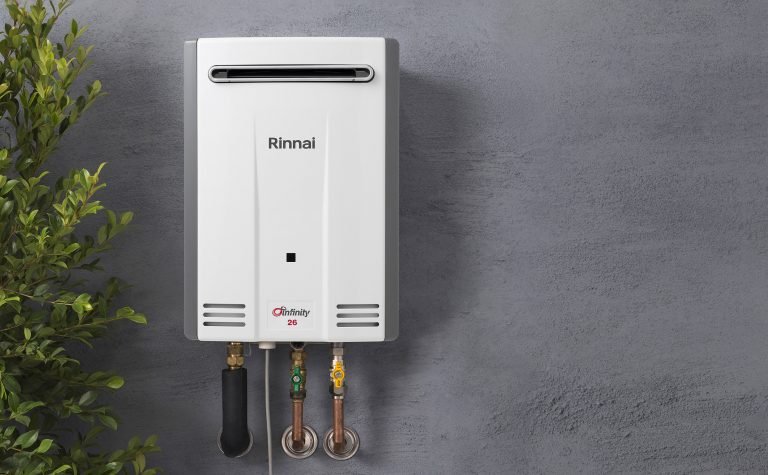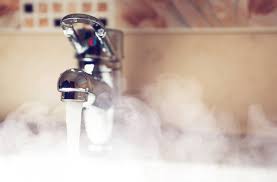Imagine waking up in the morning when you have an especially important presentation to give, going to the shower, and finding out that there’s no hot water left, forcing you to wait longer for the water to heat up when time isn’t on your side.
To avoid such hiccups in their day-to-day lives, homeowners are switching from traditional storage water tanks to continuous hot water systems. This is because not only are they dependable for hot water when needed, but they can be more efficient too!
Instantaneous hot water systems work by pushing cold water through copper pipes that heat up rapidly. These systems have flow sensors that are notified once appliances or taps are turned on and they immediately heat the water as it moves through. Continuous flow hot water systems heat water only when they are turned on. When the taps are turned off, the units shut down too.
What are Tankless Hot Water Systems
These systems have flow sensors that turn on once the taps are turned on, starting the heating process. If your system is gas-powered, an internal burner ignition is turned on. Electric systems use household electricity to fuel the heating process.
When it comes to hot water temperature, people have varying preferences. Continuous hot water systems have a water flow control valve that helps with maintaining a set temperature. For gas-powered systems, there is a modulating gas valve to regulate the amount of gas.
Tankless systems also have a feature that relays an instant signal in case there is a system issue or failure. This helps homeowners resolve issues before they become serious. There is also a panel in front that lets the user control its settings. With this panel, homeowners can adjust the gas or electricity settings to effectively manage their electricity, gas, and water bills.
When fixing these systems, tell the plumber your personal preferences so that the system can be set accordingly. The plumber should also help you become familiar with the ins and outs of the model so that you can identify and solve any future problems.

Varieties of Continuous Flow Hot Water Systems
The most well-known types of these systems are electrical and gas. Solar power can also be used, but these often need an electric or gas booster. The gas systems use an internal burner to heat the water while the electrical systems have a heating element that kicks in once the flow sensor is triggered.
Pros and Cons of Continuous Flow Systems
The positive aspects of installing these systems are:
- They are often more energy-efficient and can save money for the homeowner as a result.
- Extended warranty. Due to their longevity, these systems have longer extended warranties, saving homeowners from repair and replacement costs in case something goes wrong.
There are downsides to tankless systems. They are:
- Extra equipment. Installing these systems may require additional equipment which adds to the initial price tag.
- Diverting gas lines. Sometimes, plumbers are forced to redirect gas lines for a new installation. This also adds to the gross installation cost.
Conclusion
Many homeowners have now installed continuous hot water systems in their homes. Increasingly, people are upgrading their water heating systems to accommodate demand. An important aspect of deciding on a tankless system is having basic knowledge of how they operate and how to maintain them. Call a licensed plumber to help install your new hot water system in your home.






